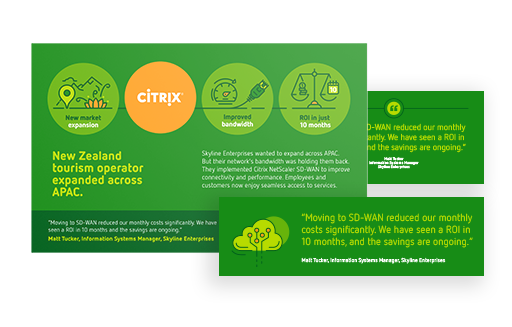
An avid traveler will learn about the local customs before visiting any country, to keep safe and avoid misunderstandings. Companies that plan on scaling to a new market should do the same — there is a cultural ruleset to follow, and ignoring it can have grave consequences. What are the sensitive cultural spots when talking about global marketing?
Politics in marketing, terrific or terrifying?
Using politics in your marketing campaigns is a tightrope walk that can tumble you to the ground more often than not, and many marketers steer clear of this method because of the risk involved. While an edgy campaign with political references can go viral within hours (as we’ve seen in the examples of several airlines during the latest U.S. elections), it can also create a viral backlash of the offended audience.
One of the most extreme examples of political marketing blunders was an Indian advertising agency’s campaign for a mattress company called Kurl-On. The ad depicted the assassination attempt of the young Pakistani activist Malala Yousafzai, who was shot in the head by a Taliban gunman and barely survived. Bloodied Malala is shown falling onto a mattress and bouncing up to receive her Nobel Peace Prize, and even though the tagline “bounce back” could be viewed as inspirational, most people agreed the ad was in bad taste. The agency issued an apology, but the ad went down in history as a marketing disaster.
Devil’s in the details
While it’s fairly obvious that politics isn’t a topic to take lightly, most cultural barriers emerge from the differences marketers didn’t know existed. An outsider’s knowledge about a foreign market is usually the tip of the iceberg, and invisible challenges lie beneath the surface.
Companies frequently make the mistake of copy-and-pasting their campaign from one market to another, without making an effort to acknowledge cultural differences and localize the campaign copy.
Procter & Gamble launched a television commercial for its Camay soap in Japan, similar to the one that’d had great success in Europe. The ad showed a woman taking a bath and her husband walking into the bathroom and touching her. In Japan, it is considered bad manners for the husband to interrupt his wife’s privacy while she’s bathing, and the commercial was received as chauvinist and ill-mannered.
Plain offensive content
Finally, every culture is protective of its core values — religion, customs, historical and cultural heritage. Disrespecting or even making fun of these values is a guaranteed way to lose local customers.
An old but powerful case in point takes us back to the 1994 Soccer World Cup. Heineken launched a campaign to honor all countries competing in the tournament by printing national flags on the inside of its bottle caps. Sadly, Heineken didn’t know that the flag of Saudi Arabia has an inscription in Arabic which is considered holy and thus cannot be used on items like T-shirts, footballs or any everyday objects. What made things worse is the fact that alcohol is prohibited in Saudi Arabia for religious reasons, making this marketing blunder the ultimate blasphemy. Heineken had to discontinue the promotion and withdraw all limited edition bottles, and even though the company had no prospects in that country to begin with, bad PR taught Heineken to think twice and do better research in the future.
Interested in other real-life examples of cultural blunders? Download our 13 Global Expansion Failures eBook for more information.






